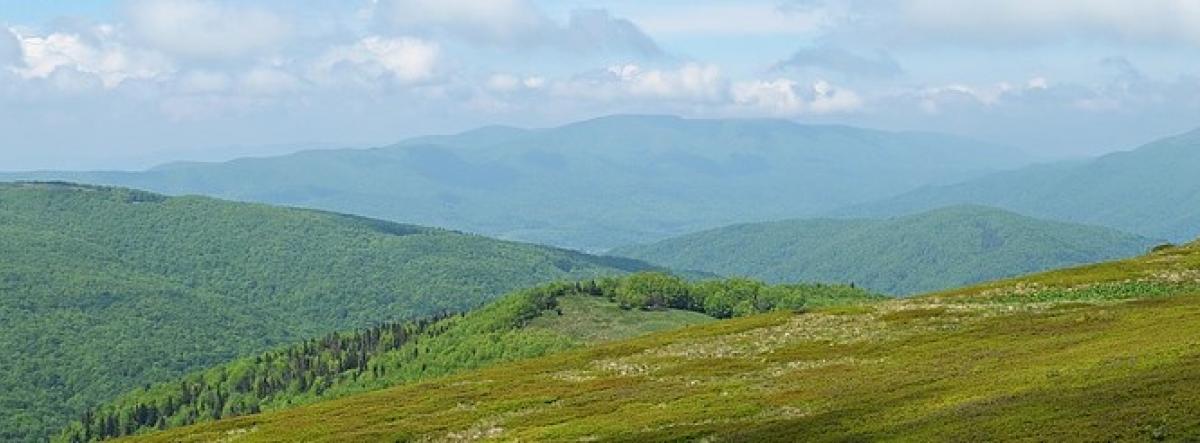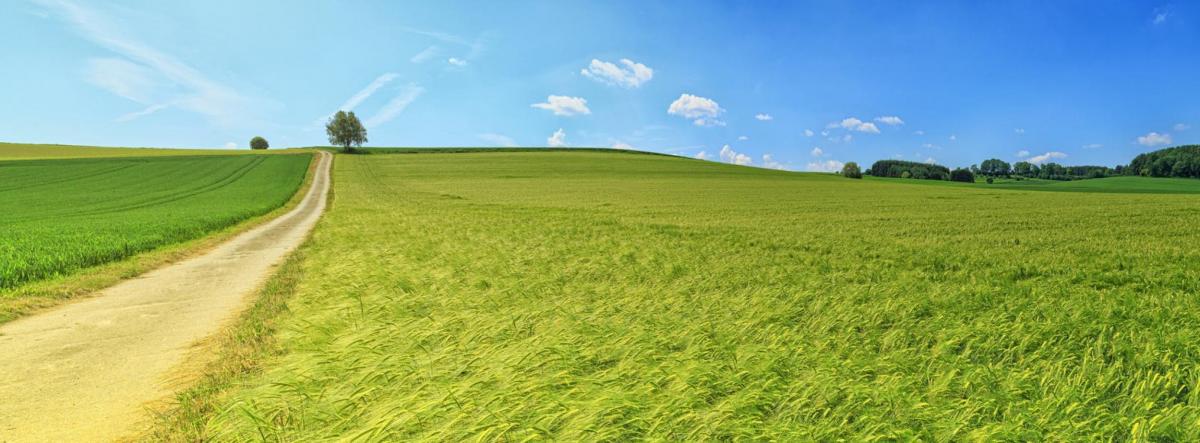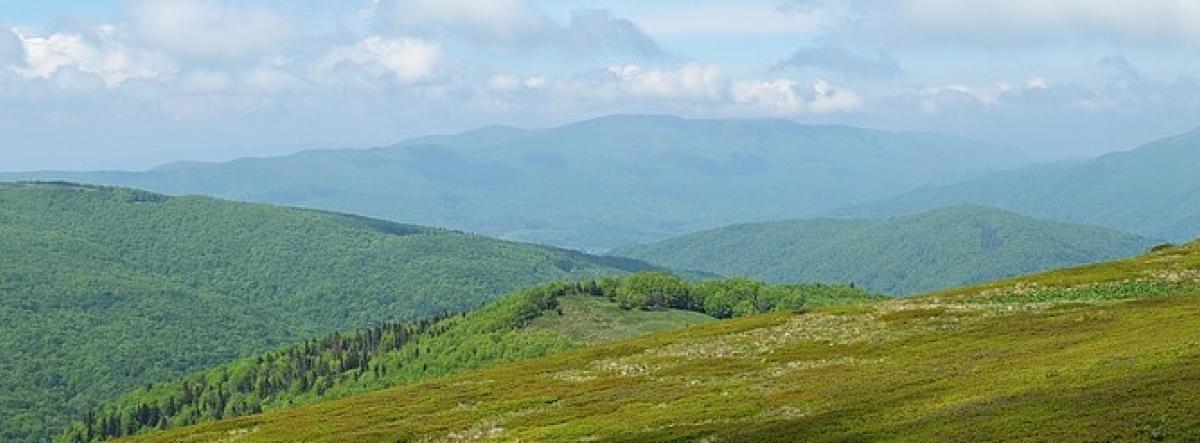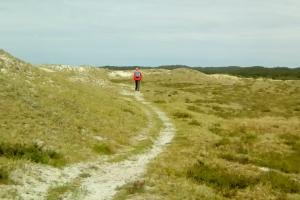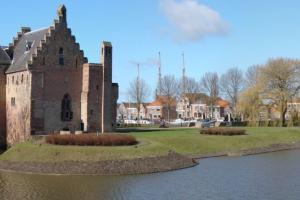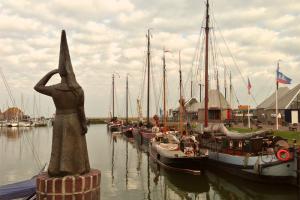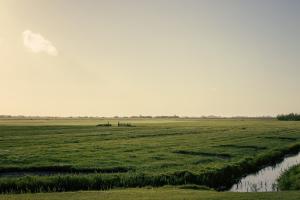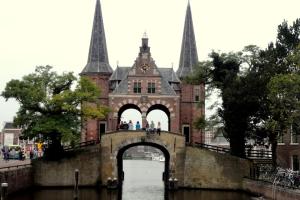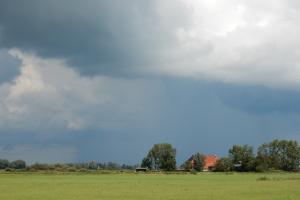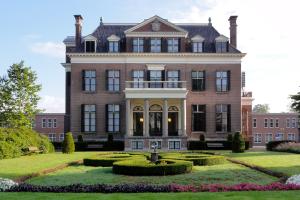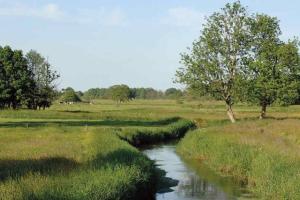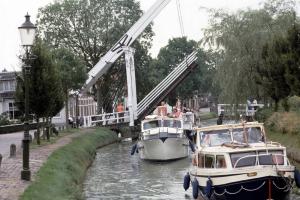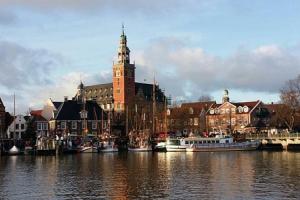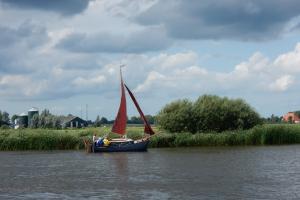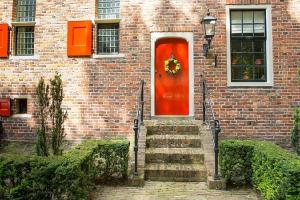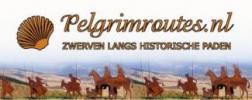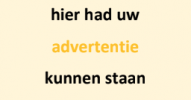Greater Friesland (Frisia) footpath: hiking trail from the North Sea coast in the Netherlands to Leer in Germany.
The Groot Frieslandpad crosses the provinces of North Holland, Friesland, Drenthe and Groningen in 362 kilometres. It starts in Bergen aan Zee by the North Sea, runs through a vast landscape with stately farms, elongated villages and meandering dykes, crosses the IJsselmeer and ends in the German town of Leer. As you walk, you go back in time, when the Zuiderzee did not yet exist and Friesland formed a single entity together with the present province of North Holland.
Getting there: the start of the walking tour is near Schiphol airport.Take here the train to Alkmaar: about 1 hour. And from there the bus to Bergen aan Zee ( 35 min.). Throughout the route there are sufficient possibilities for public transport.When you arrive in Leer we advise you to use the railway station in Nieuweschans for your return journey ( Leer - Nieuweschans: 30 km)
Accommodation: hotels, B&B's. Campingsites in summer.
Height: below sealevel till 30 m (!)
History
In earlier times Friesland was overall the northern area along the Dutch and German North Sea coast, a large, contiguous area of habitat. There would have been a kingdom of Friesland: Frisia or Magna Frisia. Due to subsidence of the peat soils during the early Middle Ages a lot of land flooded, resulting in the Zuiderzee (nowadays the IJsselmeer) and as a result of that the separation between West Friesland and Friesland (the province). And the Frisian in the north east of Germany.
In the centuries before the creation of the kingdom of the Netherlands a lot of famous and infamous people passed by. Like count Floris V who build a so called "dwangburcht" (castle) in Medemblik to protect against the infiltrations of the Frisian and to "keep calm" the West Frisian after the Frisian Hollandic wars.....( between 1345 and 1524 many battles between the Frisian and the Dutch).
The footpath
The Greater Friesland trail (LAW 14) has been developed by Wandelnet . Here you can buy a guidebook.LAW-gids nr.14, S. de Vet, pub.Stichting Wandelnet. Or in the Tourist offices, bookshops.......
The 23 sections of this trail, 15 - 23 km, leads you through a varied landscape. Starting from the North Sea beach, through the dunes to Schoorl. And ending in Leer, along the Ems river.
On trail: you walk across the ancient dike, the West Friese Omringdijk, to Enkhuizen. Via Medemblik and its castle. From here the ferry across the IJsselmeer brings you to Stavoren (80 min.), the oldest and ever richest city in Friesland. Enjoy a beautiful trip across the IJsselmeer between those two historic cities. In the summer months, be prepared to see an amazing abundance of old and classic Dutch sailboats out on the water.
In the old harbour of Stavoren the old sea lock can still be seen.It provides access to the city, and dates from 1576. For many centuries, this lock was extremely important for all large shipping trade from the hinterland.
You walk through villages of the fishermen, church paths, through meadows, lakes, the Aldegeaster Brekken - with the Dorismooltsje, a beautiful mill, Fryslân's oldest spinning head mill - the shores of the lake of Sneek, where you will find terraces for a cup of coffee with the local "dúmkes".......or great opportunities for a quick swim.
Sneek was founded in the 10th century and is well known as the center of watersports with over 130 watersport companies and 13 marinas. It also has a historic inner city replete with houses of old upper-class families.
Through Akkrum - originated as a mound village in the early Middle Ages - where we leave the lake district, preparing for some days in a more forested area with peat colonies. And suddenly, walking through a relatively poor area, in earlier days, you enter Beetsterswaag ( first mentioned in 1315), pearl of the Frisian landed nobility: country mansions with beautiful parks.
Then we walk into the province of Drenthe, a small-scaled landscape with little villages and lot of streams. The Aa river basin. Follow the Drentsche Aa and you will pass through a valley landscape full of woods, heathlands, sand dunes and hayfields. In this region, you will also encounter various cultural and historical monuments including dolmens, prehistoric burial mounds and ancient Saxon farms.
An area where the emphasis is on the characteristic combination of spontaneous natural development and the old-fashioned work on the land - like mowing, hay-making and cutting peat.
Across the Hondsrug moraine from the ice age we walk into the province of Groningen. Elongated peat villages remind us of the poverty of the past. Or the great wealth that the large mansions of Bellingwolde still show. We are now on the clay soils. At Oude Pekela e.g.
It's here that we cross the Noaberpad. Another famous footpath in rural Netherlands. This Dutch trail runs along the border with Germany, from the North to the city of Nijmegen. In several places it crosses this border and runs in Germany.
After a few kilometers we pass the "border" - this is the EEC - with Germany. The landscape is the same as on the Dutch side.You can smell the sea air and almost taste the salt. Ost - east - Friesland ! On to the Ems River and along the riverbank to Leer. End point.
Hint: take a taxi in Leer to Nieuweschans ( Netherlands) train station; 20 minutes and and here the train to Groningen and Schiphol Airport ( direct train).
